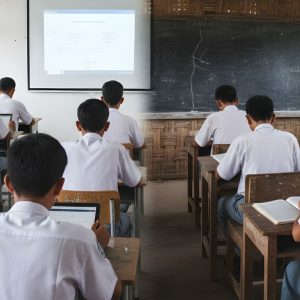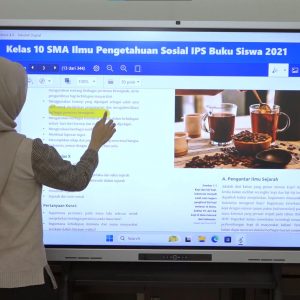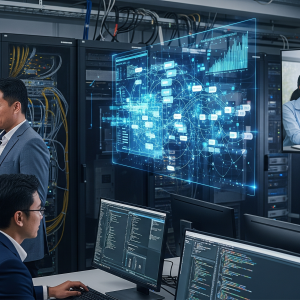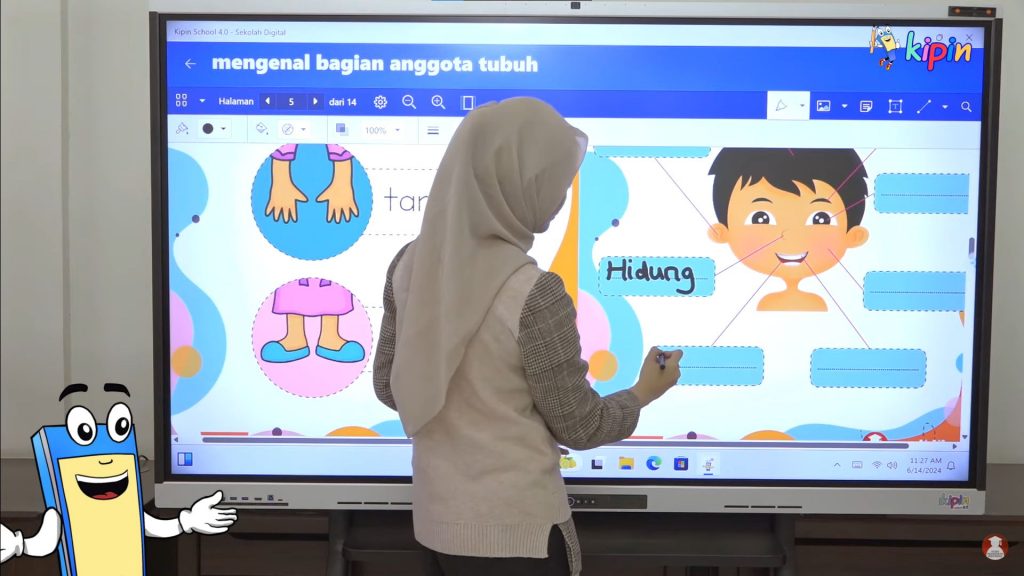
The False Promise of Internet Equality
For over a decade, promises of nationwide internet access in Indonesia have circulated—yet they remain largely unfulfilled. The idea that internet connectivity will soon be available to all students is a comforting narrative, but it is, for many, a myth. Even in areas where infrastructure finally arrives, internet access often remains costly and inconsistent.
The result? A generation of students left waiting. Ten years ago, we were told equality was just around the corner. Ten years from now, that same promise may still be repeated. Meanwhile, Indonesia’s PISA scores continue to decline, and the digital transformation of education is stalling—primarily because it is still built on the fragile hope of internet connectivity.
When Expensive Devices Become Empty Promises
In an effort to modernize, the government has invested heavily in gadgets like Chromebooks and, most recently, Interactive Flat Panels (IFPs)—large, smart display boards intended for classroom use. But the fundamental question remains: Where is the educational content?
Sending expensive technology into classrooms without proper media or tools for teaching
and learning turns these devices into nothing more than costly decorations. A smart board
without smart content is simply a screen.
This highlights the critical gap: Hardware alone does not create digital learning. Without purpose-built educational content, no amount of devices or displays can bridge the divide between traditional and modern learning.
The Real Problem: A Digital Divide in Infrastructure and Mentality
Many believe that fixing the digital divide is as simple as building more cell towers or handing out tablets. While infrastructure is vital, the challenge is deeper—it’s also about mindset.
We need a revolution in how we perceive education technology. It’s not just about tools—it’s about building a culture of digital learning. This means training teachers, engaging communities, and rethinking how content is delivered.
Imagine if every village had not only a community hall but also a digital learning center. Imagine students from low-income families receiving training not only in how to use the internet—but how to research, build digital portfolios, and collaborate on projects with peers across the country.
This is the kind of transformation Indonesia needs—not just devices, but an ecosystem.
The Solution: Hybrid Learning That Works Today
To narrow the digital divide, we must embrace solutions that are immediate, practical, and
inclusive. That’s where Kipin comes in.
Kipin is a proven digital learning platform already used in over 3,000 schools across Indonesia. With 5,000 textbooks, 2,000 educational videos, 50,000 practice questions, and 1,000 literacy comics, Kipin offers a complete learning media package. More importantly, it works with or without the internet.
Using Kipin’s EduSPOT technology, schools in even the most remote areas can access rich educational content without depending on a network connection. It’s a hybrid system that empowers digital transformation now, not ten years from now.
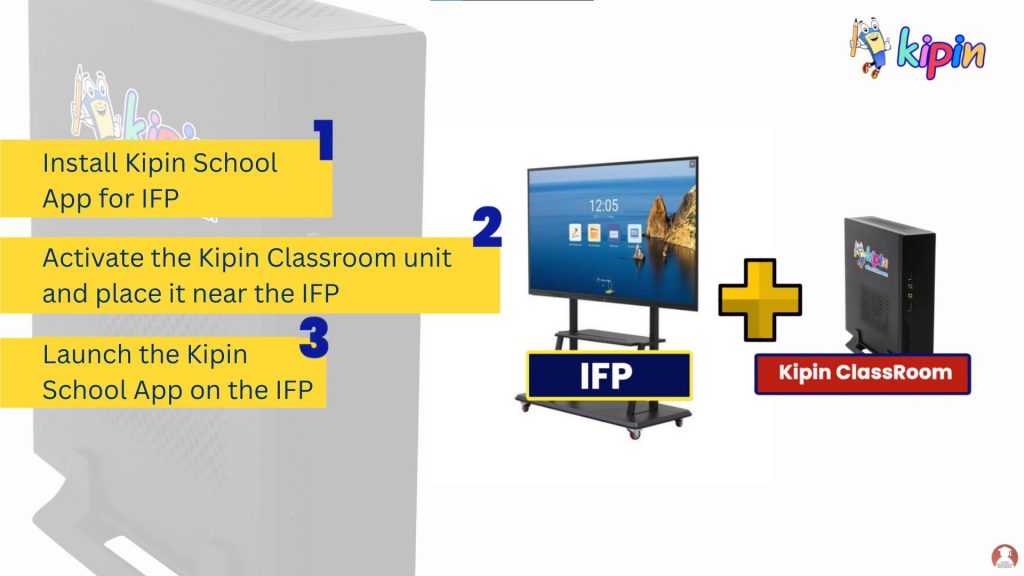
Why Every IFP Should Be Bundled with Kipin
If IFPs are to become a meaningful part of classroom learning, they must come pre-installed or bundled with educational content like Kipin. This ensures they meet government requirements for functional digital learning tools—not just expensive hardware.
Kipin is OS-agnostic, compatible with any IFP brand or system, and directly supports
national education goals. Bundling Kipin with IFP units enhances their value, satisfies
government standards, and delivers real impact to classrooms from day one.
Watch the product in action: Kipin Video Introduction
Conclusion: Education Shouldn’t Wait
The digital divide is not just a technology gap—it’s a social and educational crisis. Every child left behind today will add to tomorrow’s inequality.
Indonesia must act now. Waiting for the internet is no longer an option. We need practical, scalable solutions that work in real classrooms across the country—today.
Kipin offers exactly that.
Let’s stop waiting. Let’s start building a future where education is a right, not a luxury tied to internet speed.
More Information:
Web : http://kipin.id
Email : info@kipin.id
Chat : http://wa.me/6281234223200
Chat : http://wa.me/6281233601047

